Well, after a few delays caused by a couple of dreaded the “C” diseases (Cancer and Covid), we have finally been able to venture out of our apartment and do a little exploring once again. It seems that our travels for awhile will be limited to Portugal as the borders in Europe are not all open yet and flying anywhere right now is not only a little risky but downright complicated. So we’re happy to just take this time to get to know Portugal a little better.
Our first trip out from quarantine was only 40 minutes south of Lisbon to the Arabida Peninsula. This region has been formed by the shores and estuaries of the Tejo and Sado Rivers, which then juts out westwardly into the Atlantic Ocean.
This large stretch of land encompasses a number of landmarks that are worth seeing and visiting. The most impressive is the 30 km Caparica Beach that makes up most of the peninsulas’s westerly shore. It’s a long, wide sandy beach that’s perfect for walks, surfing and swimming, and is pocketed with small beach clubs and restaurants.

At the southern end of Caparica beach is a land-locked estuary that forms a saltwater lake, Lagoa Albufeira, with clear, shallow waters that warm up considerably during the summer months, making it much warmer than the ocean. It’s great for swimming, paddling and kite surfing.

After Albufeira lake the land begins to rise, creating striking cliffs with a few small beaches interspersed such as Meco and Bicas. Meco has a couple of restaurants while Bicas has none and provides an opportunity to escape the crowds of Caparica and Meco.
At its most south-westerly the peninsula the coastline rises into rugged cliffs that come to a point known as Cape Espichel. There’s a lighthouse here, along with a church (Nossa Senhora do Cabo) that was one frequented by pilgrims traveling the Fatima and Compostela routes. Alongside the church are rooms that once functioned as an inn for weary travelers, with even a small opera house to entertain them in the evenings.
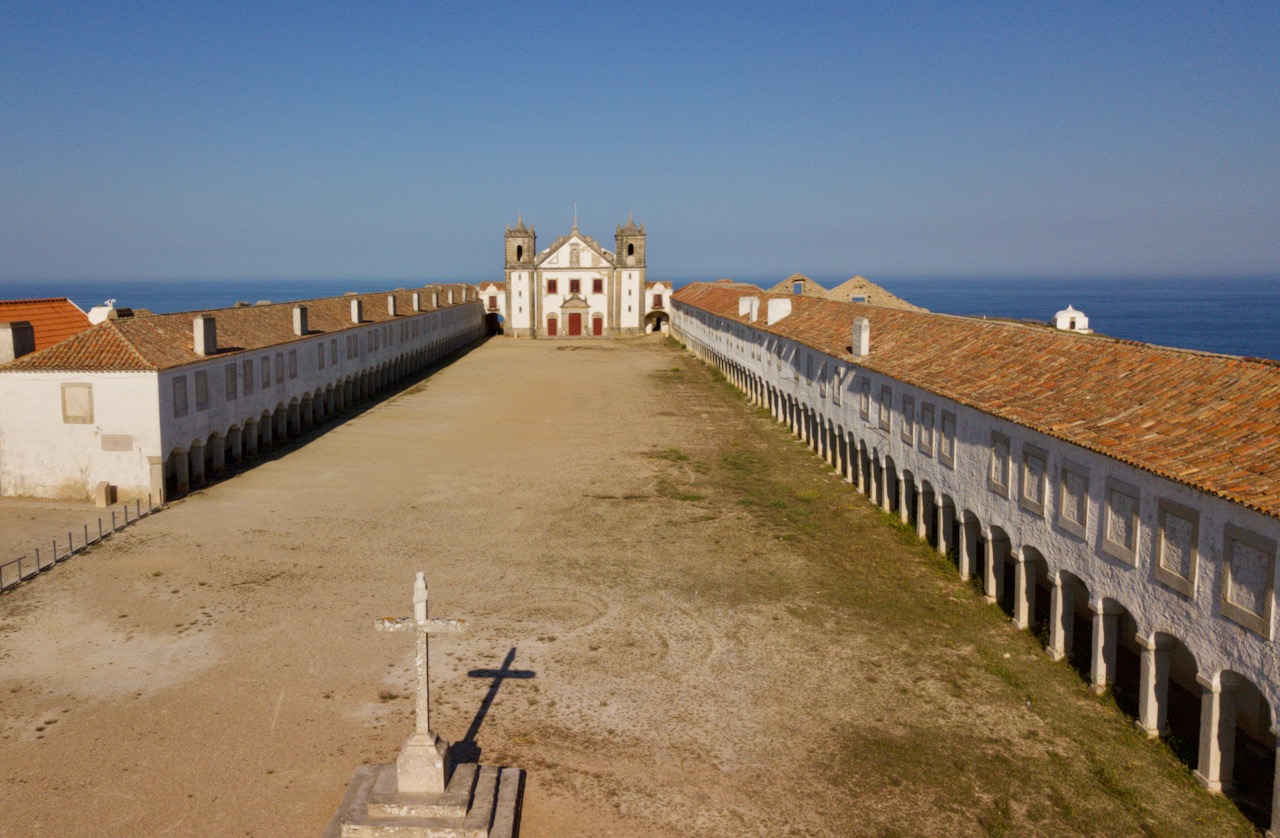
Inland, amongst rolling hills of pine forest, are a few small typical Portuguese towns such as Alfarim, Fornos and Aldeia do Meco.
On the southern shore of the peninsula is the Arrabida natural park, which runs between the beach town of Sesimbra and the port of Setubal. The rolling hills of the park are covered in pine forests, vineyards, a few small villages and a number or large estate homes. The region is known for its Moscatel wines.
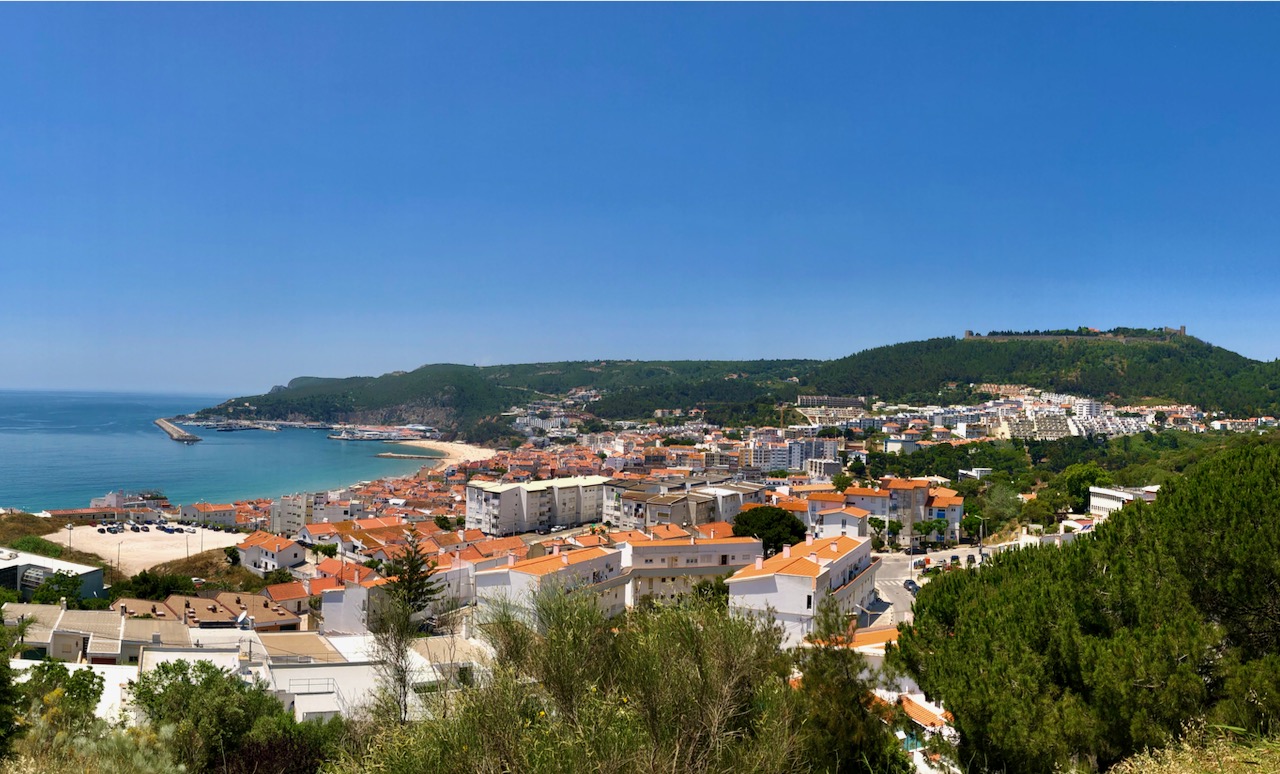
Sesimbra is a charming seaside fishing village that has become very popular with tourists. Its beach is more protected than that of Caparica, making it even more popular for swimming. On the hillside is the Moorish castle of Sesimbra, which was once an important defensive fort for early Portugal. The castle grounds offer stunning panoramic views over Sesimbra and the surrounding coastline. Inside the castle are extensive battlements, a church but most visitors simply visit for the views. Sesimbra has unfortunately seen a lot of large hotel and condominium development on its hillside which rather dominates over the town and takes away a little from its charm.
Setubal is an industrial port but it also has an old town area worth visiting, lined with many restaurants, and a popular swimming beach is at the westerly end of the town. There’s also an old fort on the hillside behind it.
We rented a cottage just outside the village of Alfarim and used it as a base to explore the peninsula. Staying at the cottage allowed us to continue to practice social distancing while still being close to the beach and amenities. The low-traffic country roads that meander through the pines and villages are perfect for biking and Lake Albufeira proved wonderful for stand up paddle boarding.
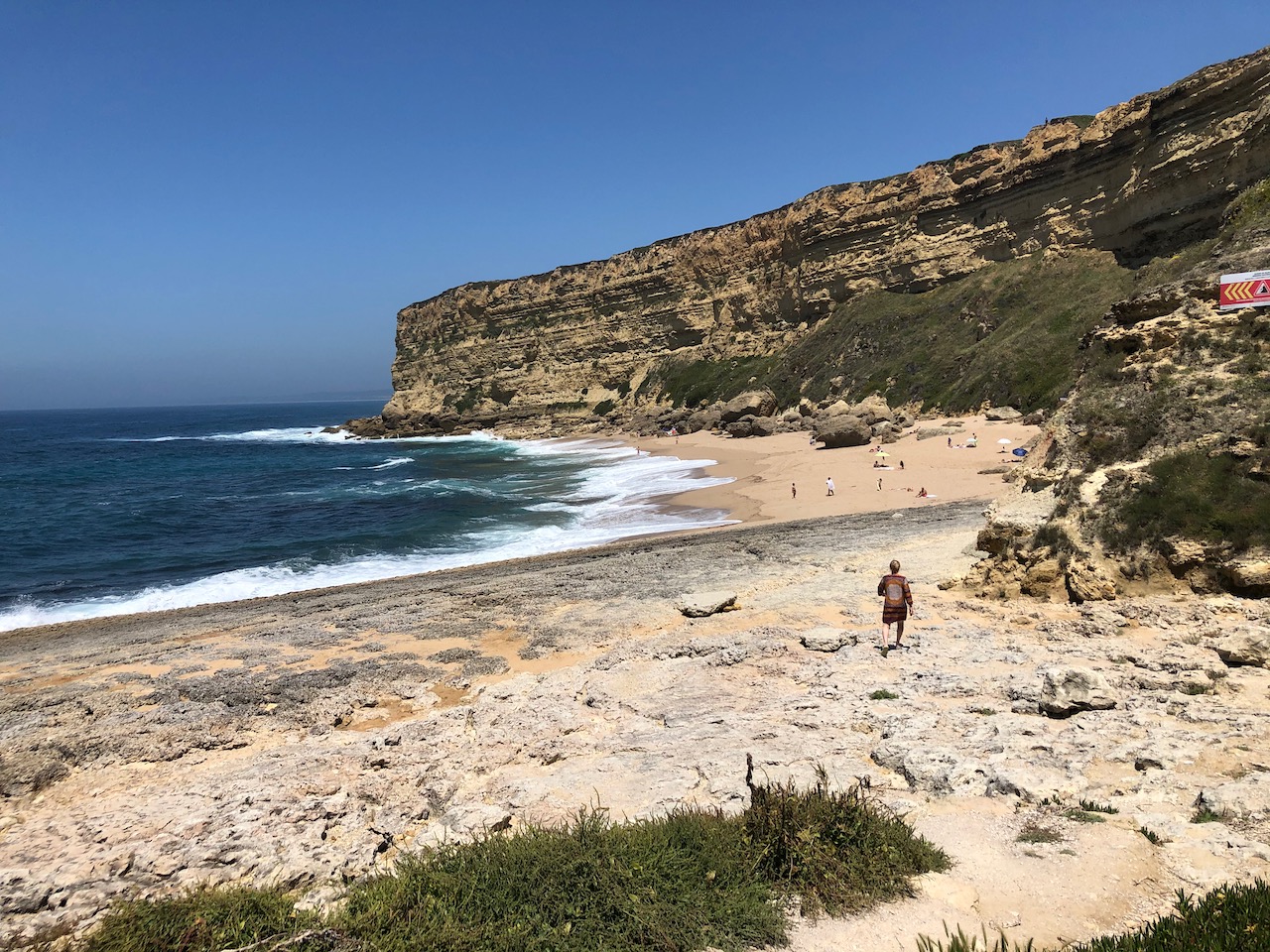
Bicas Beach 
Rooms of the Inn 
Cabo Espichel Lighthouse 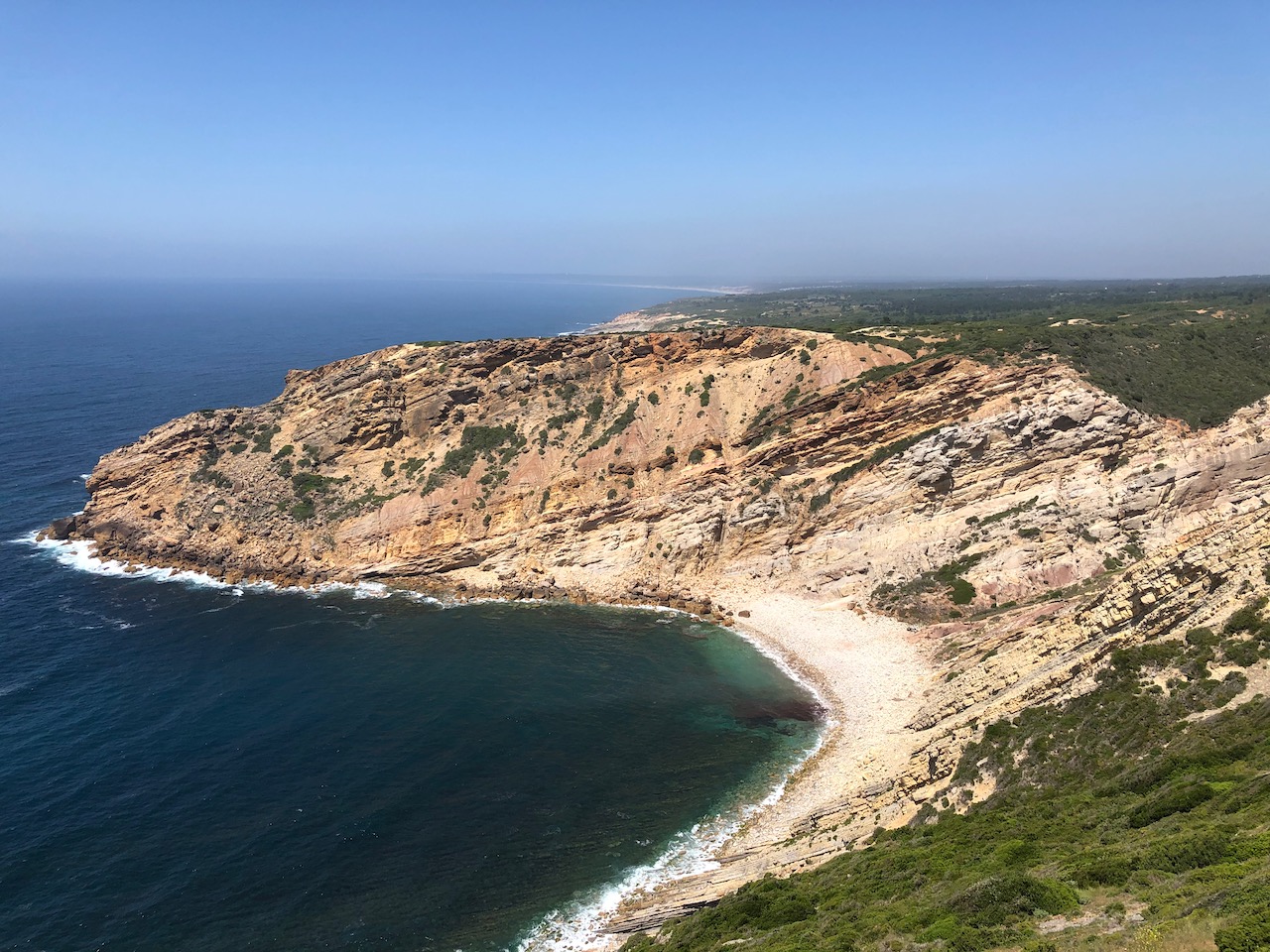
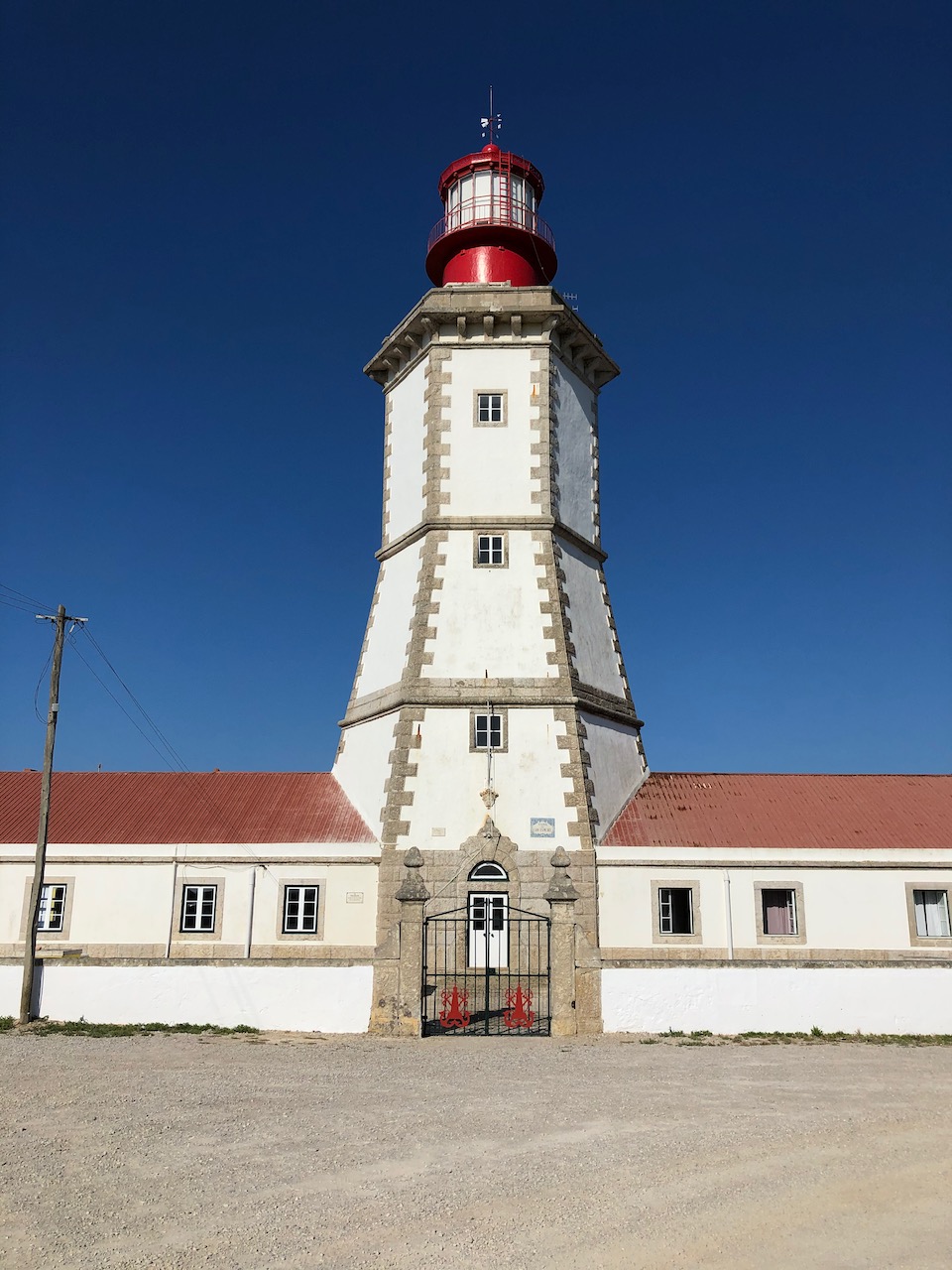
Cabo Espichel Lighthouse 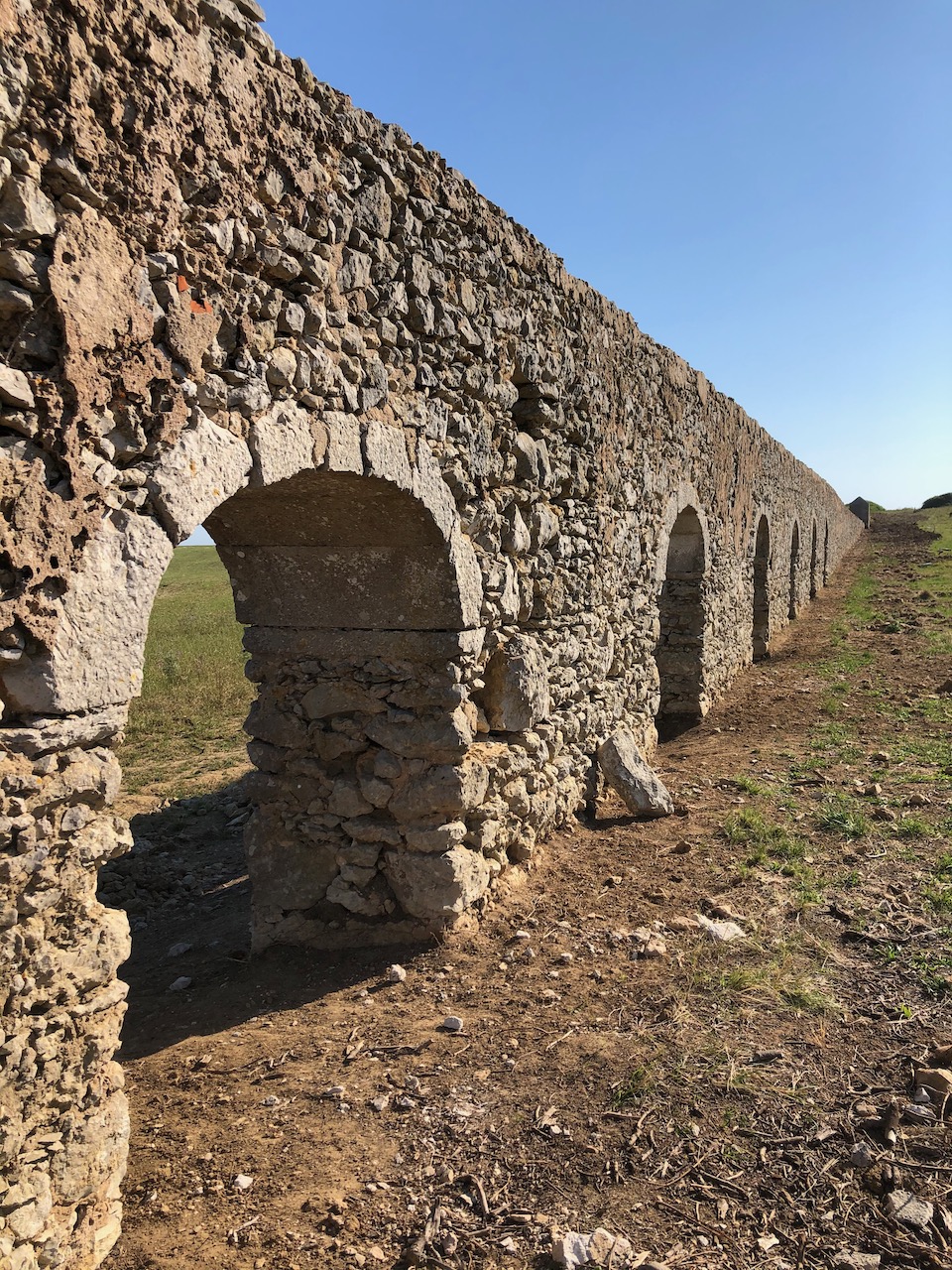
Espichel Aquaduct 
Meco Beach Fishing Cabins 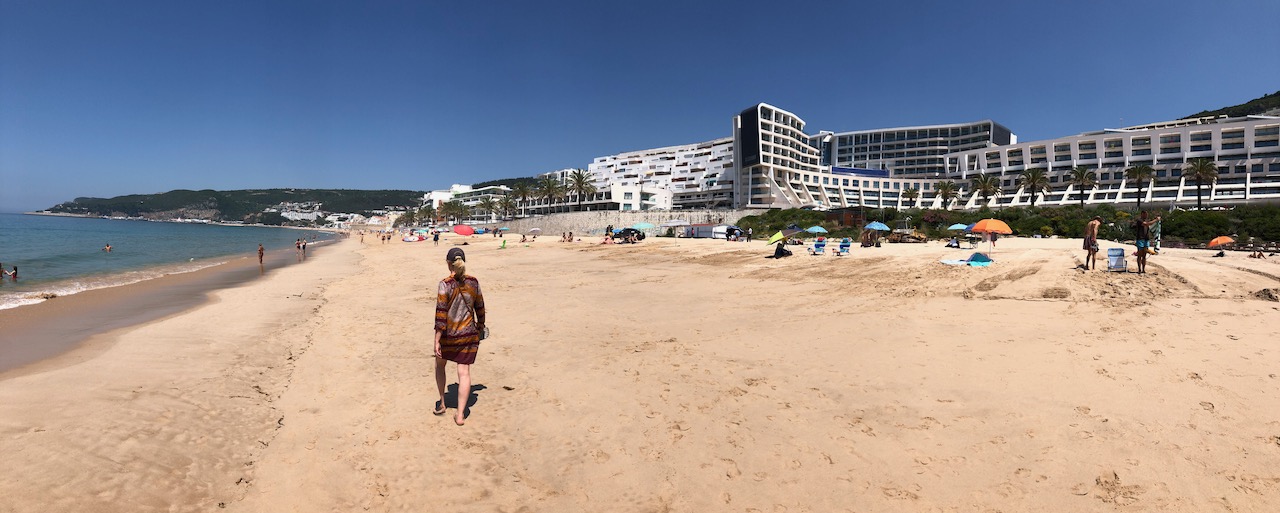
Sesimbra

